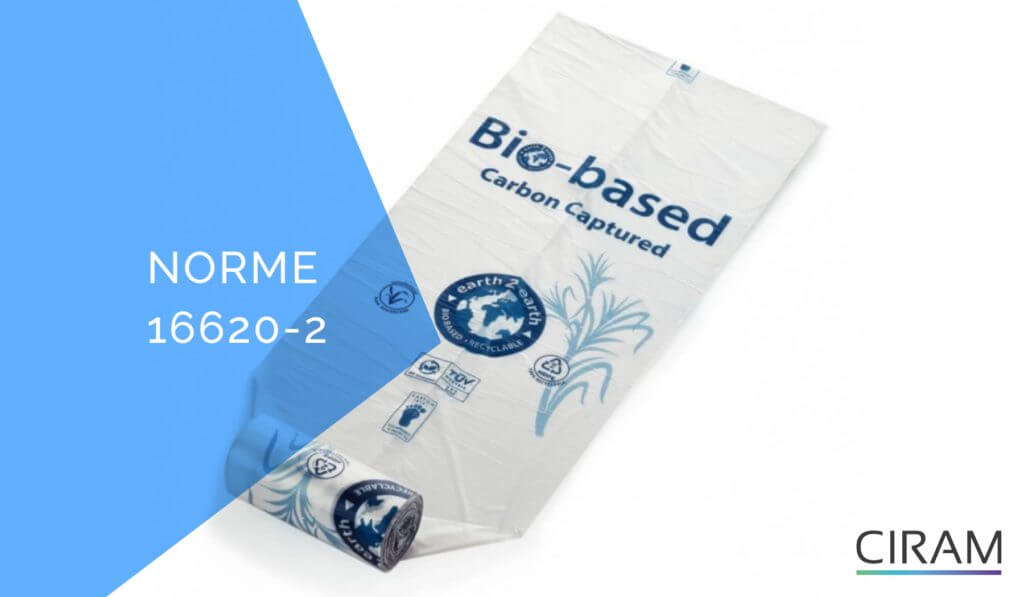ISO 16620-2, for dedicated radiocarbon analysis of plastics
Thanks to the industrial issues surrounding bio-based products, carbon-14 dating is no longer limited to the dating of archaeological artefacts. It is now used to quantify the bio-based carbon content of all types of industrial materials containing carbon.

CIRAM’s laboratories provide a detailed explanation of the ISO 16620-2 standard that must be complied with to qualify and quantify the biobased and petroleum-based components of polymers in general, and plastics in particular.
ISO 16620-2, an international standard for plastics analysis
ISO 16620-2 is the international standard that precisely describes radiocarbon (also known as carbon 14 or C14) protocols for measuring the biobased carbon content of polymers, monomers, resins and additives present in plastics.
Since 2020, European legislation has required plastic bags to contain at least 50% biosourced carbon, rising to 60% by 2025. This is why radiocarbon measurement of biobased content has become essential for the plastics industry.
Reliable, objective methods for quantifying the biobased content of plastics
In addition to voluntary declarations by mass balance and/or life cycle analysis and/or the ISCC, it is becoming essential to use objective, reliable and rapid methods to qualify and quantify the biobased content of biopolymers. In addition, certification bodies such as TUV AUSTRIA and DIN Geprüft, for example, require radiocarbon analyses to obtain their OK Biobased ® or DIN CERTCO ® labels.
The 14 C isotope, an important factor in defining the proportion of biogenic/fossil carbon
Polymers are mainly composed of carbon, hydrogen and oxygen. While these elements can be quantified using elemental analysis, it remains impossible to differentiate molecularly between materials of biogenic origin and those derived from petroleum resources. The 14C isotope has a half-life of 5,730 years, which means that its concentration is halved after this time (known as a half-life). It is considered that after 10 half-lives, the carbon 14 has completely disappeared. As oil comes from the decomposition of organic matter over millions of years, it no longer contains 14C. It is therefore said to contain only old” carbon. In contrast, today’s biomass has a complete stock of carbon 14. The biomass is said to contain only “modern” carbon.
